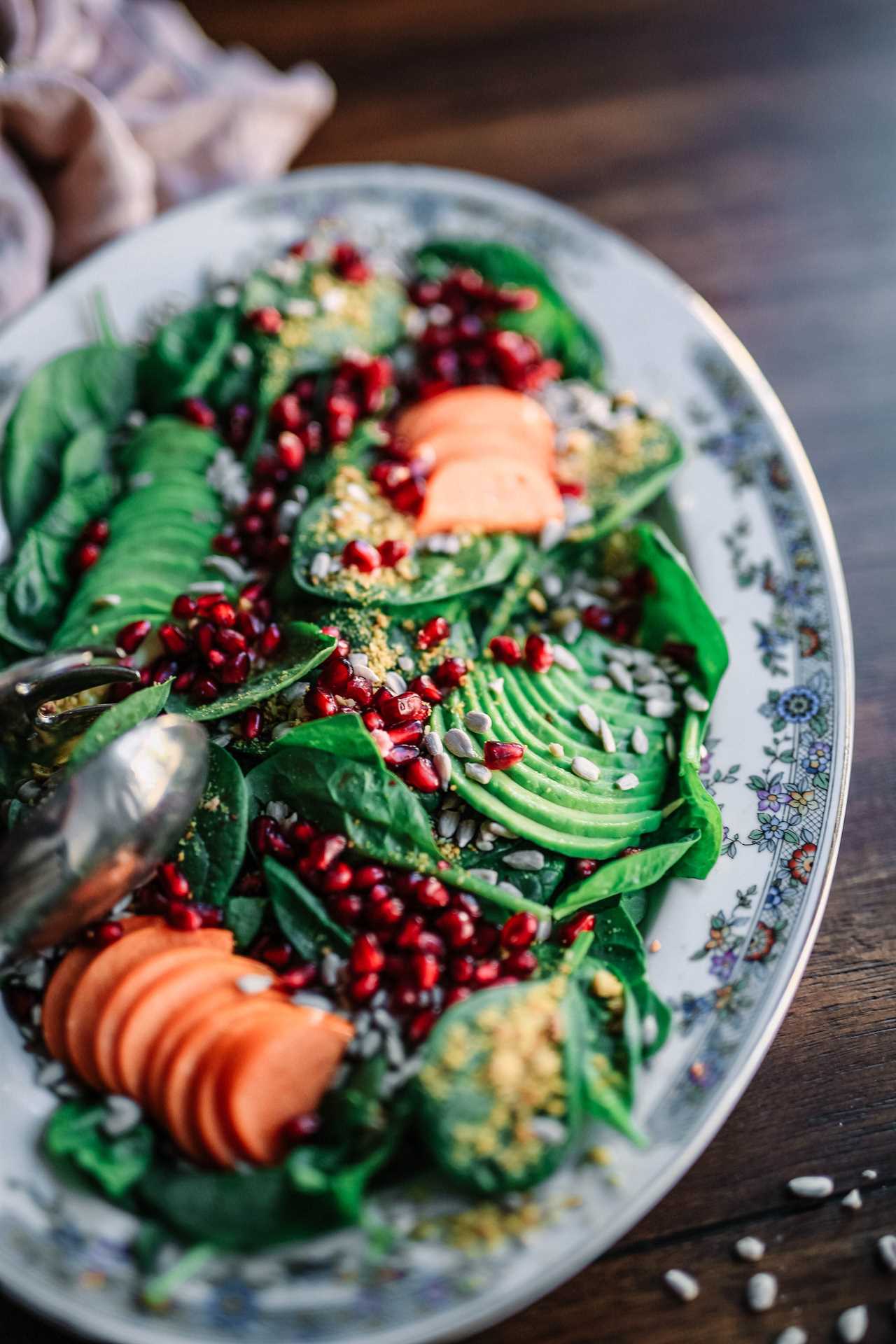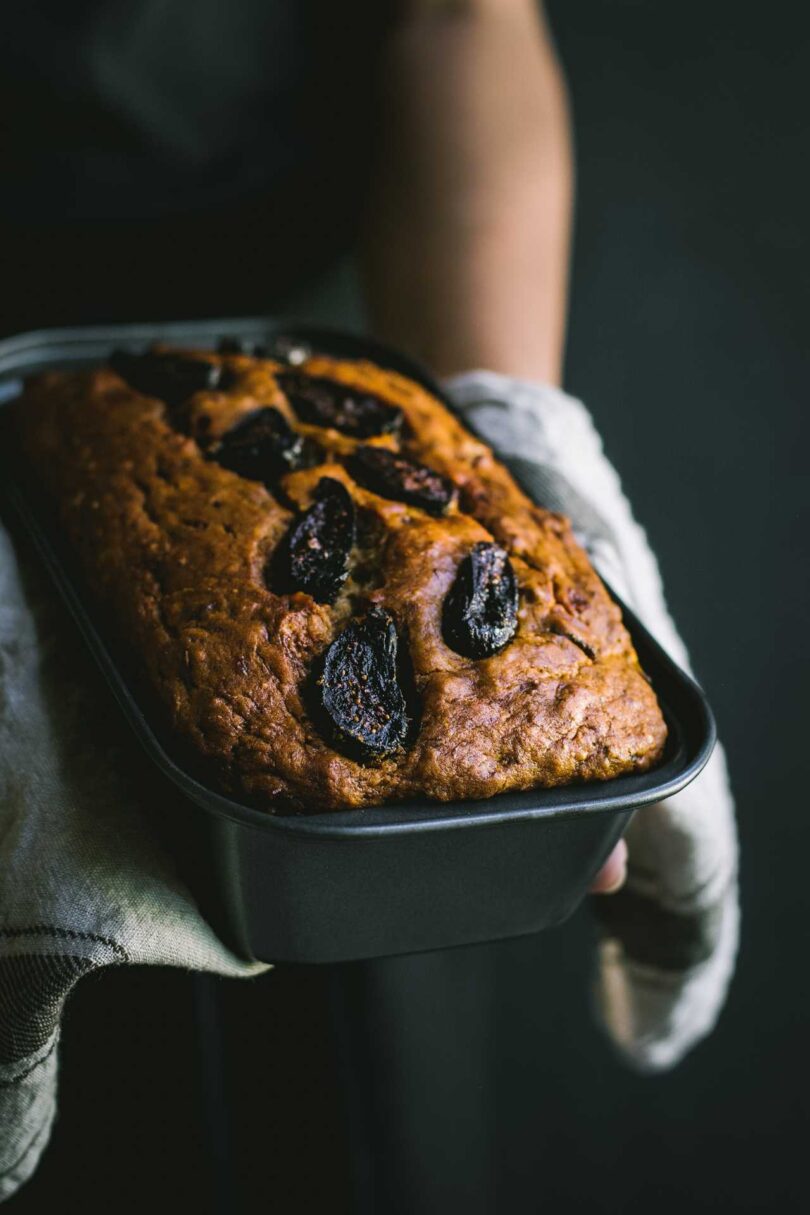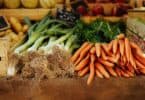Are you tired of bland and lackluster dishes? Look no further! This article unveils a treasure trove of essential culinary tips that will elevate your cooking skills to new heights.
With a focus on knife skills, mise en place, and the right cooking oils, you’ll be equipped with the knowledge to create mouth-watering meals that will impress even the most discerning palates.
Get ready to embark on a culinary adventure where precision, organization, and flavor take center stage. Get ready to unlock your culinary freedom!
Key Takeaways
- Proper knife skills are essential for even cooking, consistent results, and enhancing the presentation of food.
- Mise en place is crucial for maintaining organization and efficiency in the kitchen, saving time and reducing stress.
- Different cooking oils have distinct flavor profiles and smoke points, making them suitable for specific cooking methods.
- Learning to break down a whole chicken is cost-effective, reduces waste, and offers versatile cooking options.
Professional Knife Techniques
Professional chefs utilize proper knife techniques to ensure even cooking, consistent results, and enhance the presentation of their food. These skilled individuals understand the importance of professional knife maintenance and knife sharpening techniques.
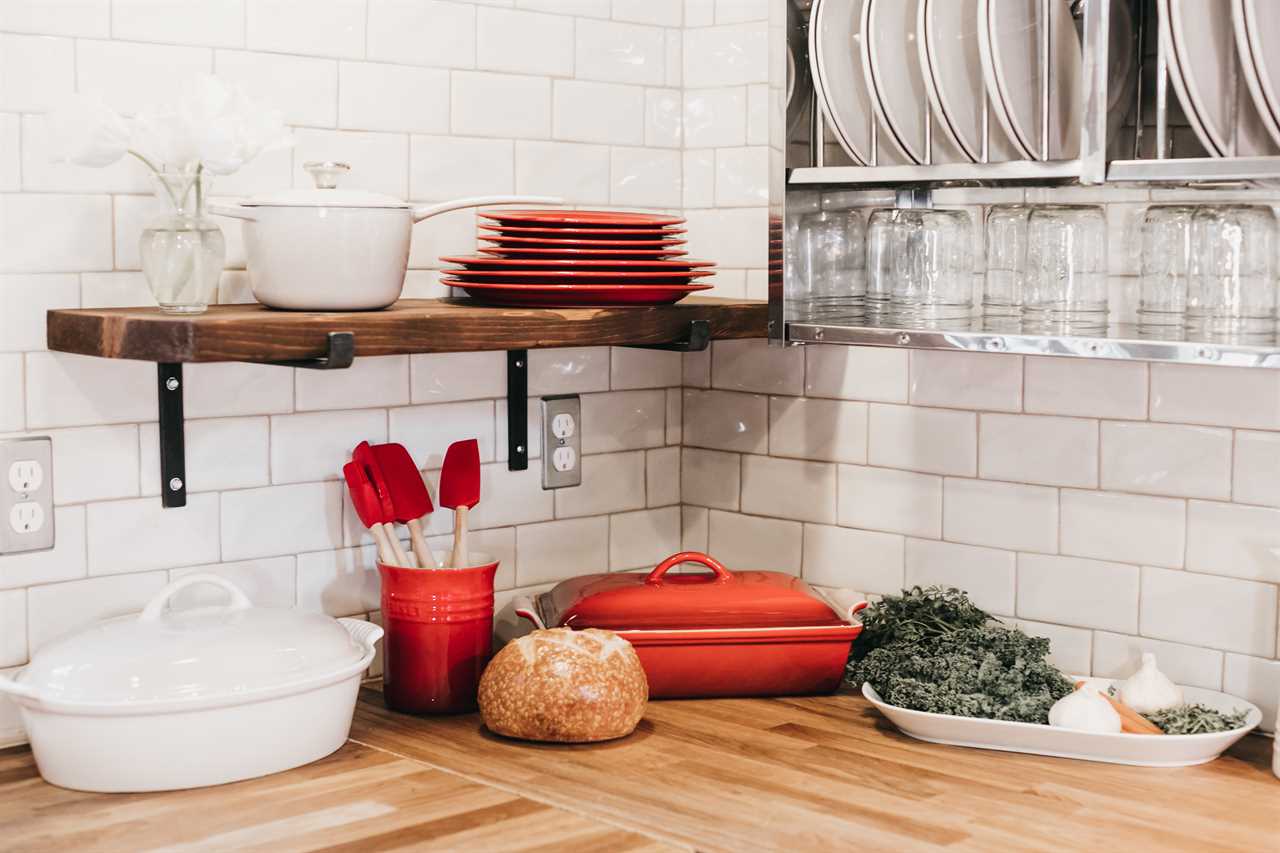
By regularly maintaining their knives, chefs ensure that the blades remain sharp, reducing the risk of accidents and allowing for precise cuts. They employ various sharpening techniques, such as using a sharpening stone or honing rod, to maintain the sharpness of their knives.
This attention to detail not only improves the efficiency and effectiveness of their work but also contributes to the overall quality of the dishes they create. Whether slicing through ingredients with ease or creating intricate designs, professional chefs rely on their knife skills to elevate their culinary creations to new heights.
The Importance of Mise En Place
Efficiency and organization are key in a well-prepared kitchen. The importance of mise en place cannot be overstated. It refers to having everything in its place and prepping ingredients in advance. This practice not only maintains organization but also saves time and reduces stress in the kitchen.
Mise en place is essential for efficient and precise cooking, ensuring smoother and faster meal preparation. It is a fundamental aspect of culinary expertise and is equally important for home cooking. By having all ingredients measured, chopped, and ready to go, cooks can focus on the actual cooking process and produce consistently delicious results.

Mise en place enhances the presentation of food and allows for proper execution of knife skills and other proper techniques.
Choosing the Right Cooking Oils
To achieve optimal cooking results, it is important to select the right type of oil for each specific cooking method.
Different cooking oils offer distinct benefits and are best suited for different cooking methods.
For high-temperature frying, oils with high smoke points like canola or peanut oil are ideal, as they can withstand the heat without breaking down.
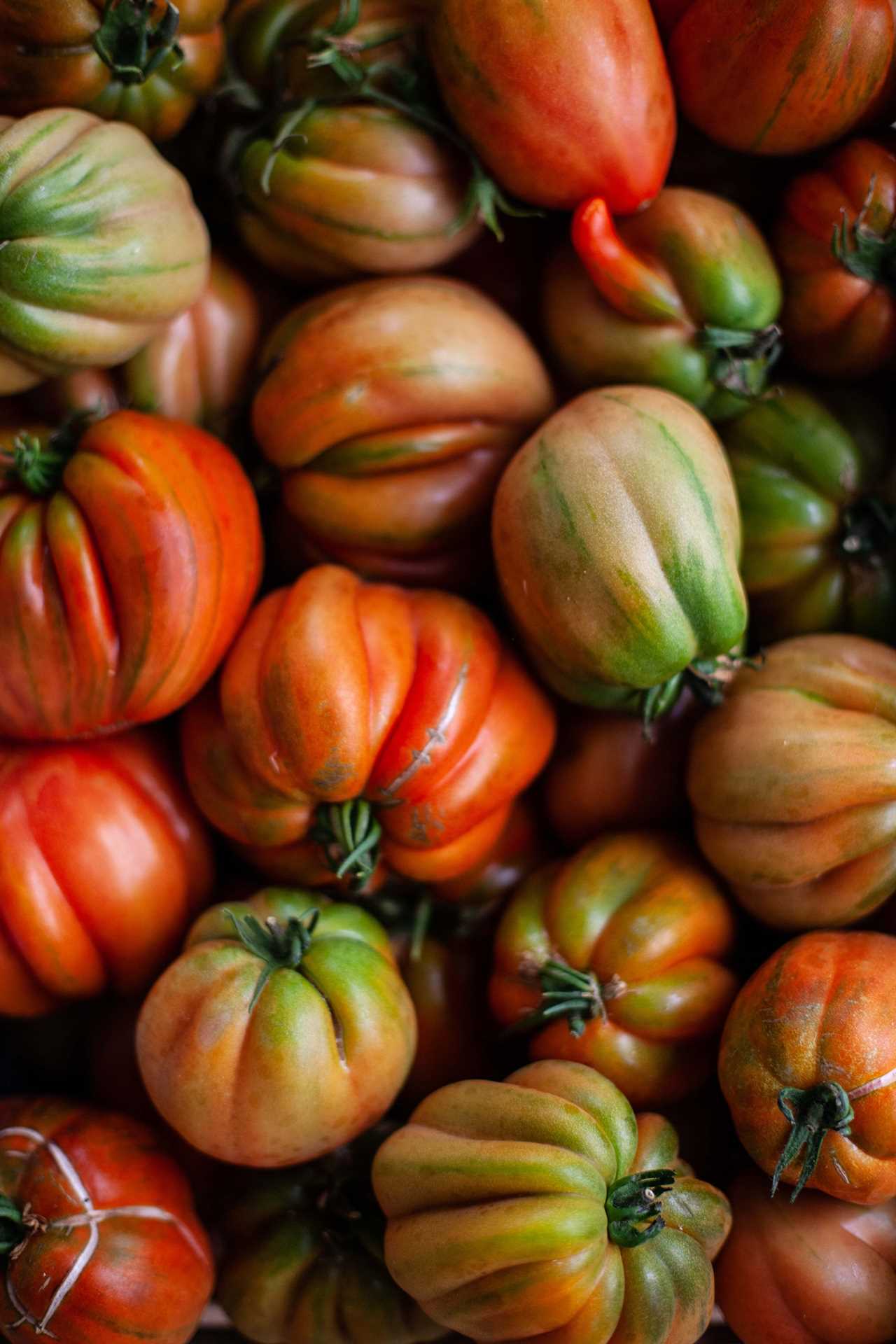
Butter or lard, on the other hand, are better suited for stir-frying and sautéing, as they add richness and flavor to the dish.
Fragrant oils like extra-virgin olive oil and sesame oil are best used raw or in dressings, as their delicate flavors can be lost when exposed to high heat.
Mastering Chicken Breakdown
Breaking down a whole chicken is a valuable skill that allows cooks to save money and maximize the versatility of this protein. By mastering chicken breakdown techniques, cooks can create various cuts of chicken for different recipes, reducing waste and increasing culinary possibilities.
Additionally, breaking down a chicken provides the opportunity to make homemade broth, which offers numerous benefits. Some of the benefits of homemade broth include superior flavor, control over ingredients, and the ability to customize the flavors to suit personal preferences. Homemade broth can be used as a base for soups, stews, sauces, and more, adding depth and richness to dishes.

Techniques for Onion Chopping
When chopping onions, cooks can employ various techniques to prevent tears and enhance the flavor of their dishes.
To avoid onion tears, wearing goggles is the most effective method. Additionally, chilling the onion in the refrigerator for about 30 minutes before cutting can reduce the release of tear-inducing compounds.
Different onion varieties also play a role in the flavor of a dish. Sweet onions, such as Vidalia or Walla Walla, are milder and add a subtle sweetness to recipes. Red onions are slightly spicier and provide a vibrant color. White onions have a sharper flavor and are commonly used in Mexican cuisine.
Understanding the characteristics of different onion types allows cooks to choose the right variety for their desired flavor profile.

The Significance of High-Quality Broth
High-quality broth is essential for adding depth and flavor to a variety of recipes. It serves as a versatile ingredient that can elevate the taste of soups, stews, sauces, and more.
Here are the significance of high-quality broth and the benefits of weighing baking ingredients accurately:
-
Significance of high-quality broth:
-
Homemade broth offers superior flavor compared to store-bought alternatives.
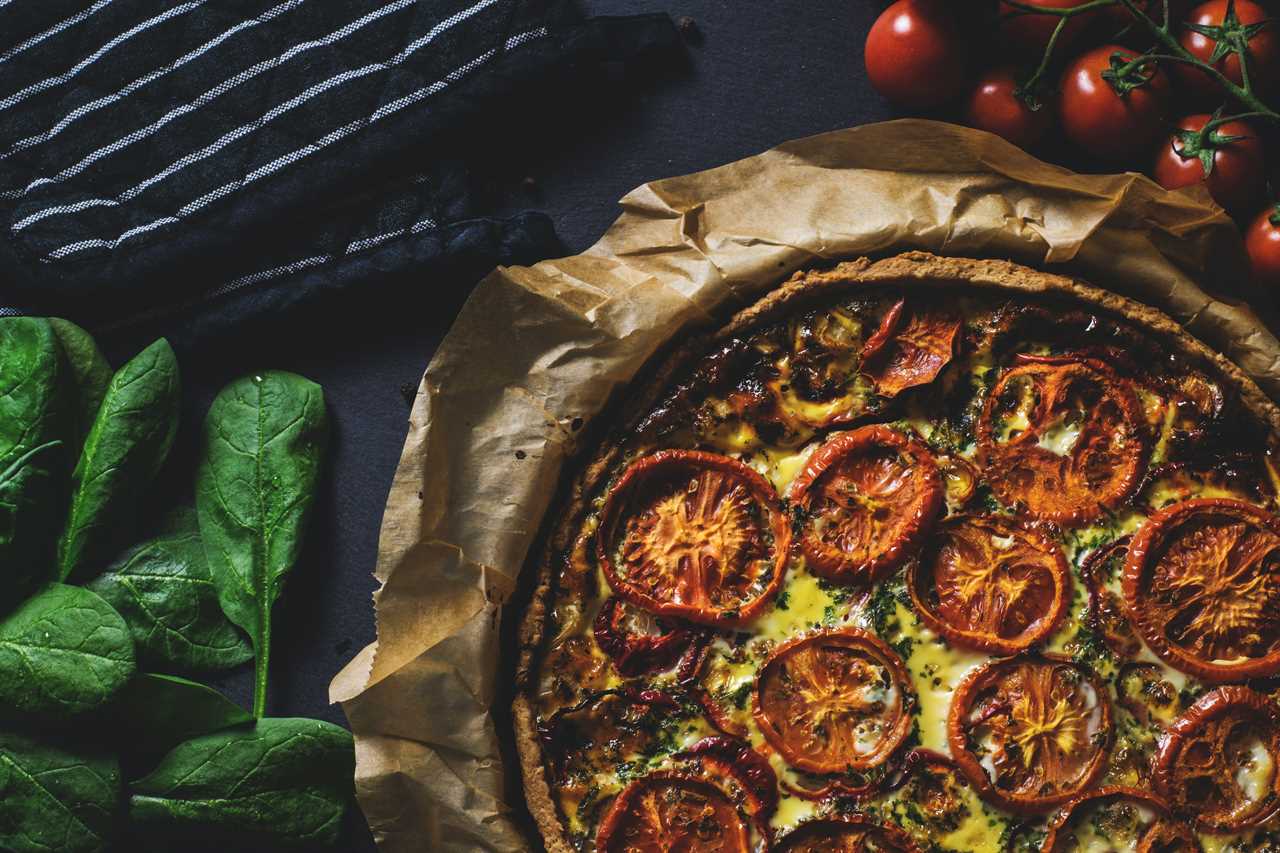
-
Tasting store-bought broth before cooking ensures its quality.
-
Investing time in making broth at home is worthwhile for the best results.
-
Benefits of weighing baking ingredients accurately:
-
Baking requires precise measurements to achieve consistent and delicious outcomes.
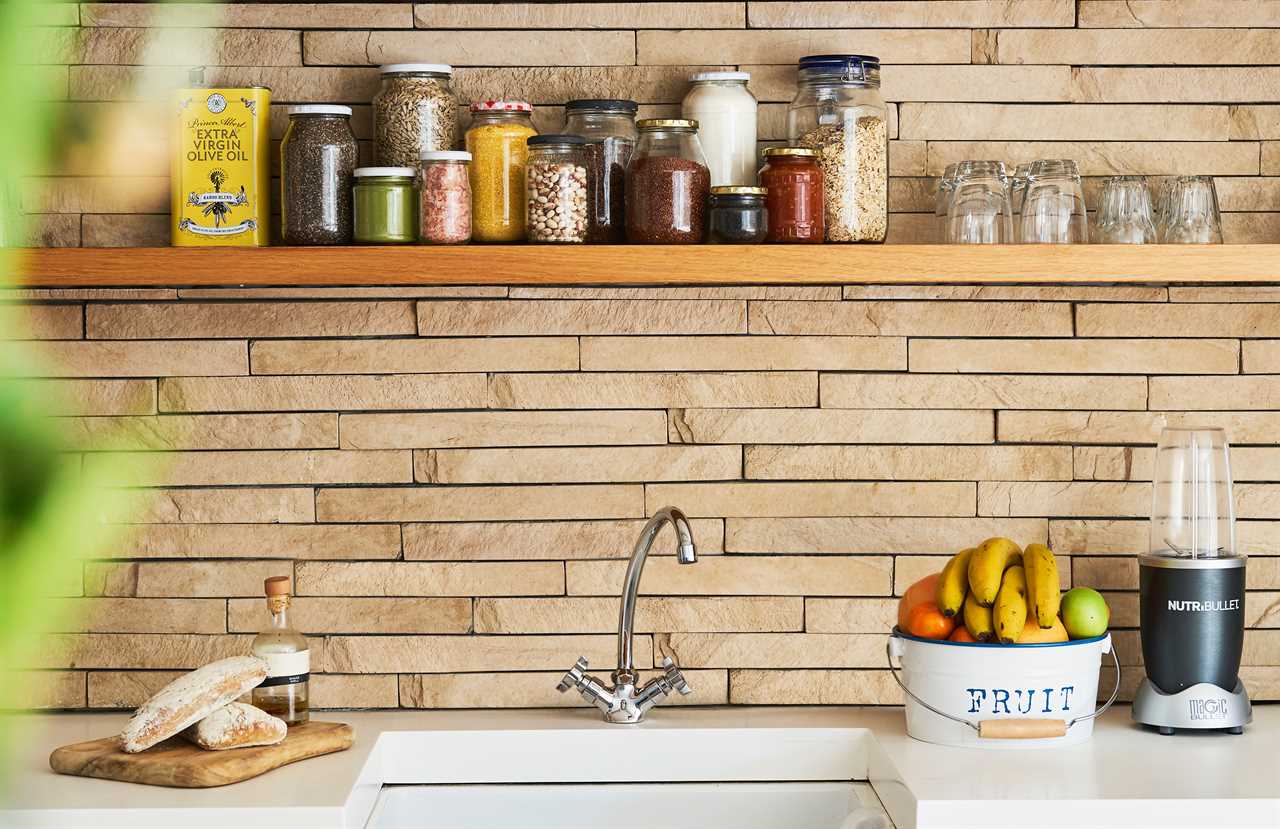
-
Weighing ingredients ensures accuracy, as even a slight difference in weight can affect the final result.
-
Using a digital kitchen scale simplifies the process of weighing ingredients accurately.
-
An ingredient weight chart can be helpful for recipes that don’t provide weight measurements.
-
Weighing baking ingredients accurately leads to better baking results and culinary satisfaction.

Making Homemade Broth From Scraps
When it comes to making homemade broth, utilizing frozen ingredients can be a game-changer.
Rather than letting bones and vegetable scraps go to waste, stockpiling them in the freezer is a simple and efficient way to create flavorful broth. By freezing ingredients in separate bags, home cooks can easily prepare the broth whenever they desire.
Simmering the frozen bones and scraps with water results in a rich and aromatic base that can be used in soups, stews, and sauces.
Additionally, fresh herbs can be incorporated into homemade broth to enhance its flavor profile. From rosemary and thyme to cilantro and parsley, these herbs add a burst of freshness to the broth and can be creatively used in various dishes.

Whether it’s a comforting bowl of soup or a flavorful sauce, homemade broth made from frozen ingredients and enhanced with fresh herbs elevates the taste and quality of any recipe.
Tips for Adapting Recipes
Adapting recipes allows home cooks to personalize their dishes and tailor them to their own preferences. It gives them the freedom to experiment with flavors, ingredients, and techniques, resulting in unique and satisfying meals.
When adapting recipes, it’s important to consider baking measurements to ensure accurate and consistent results. Precision is crucial in baking, as even a small difference in the amount of ingredients can drastically affect the outcome of the final product. Using a digital kitchen scale is a reliable way to weigh ingredients and maintain accuracy.
Additionally, having an ingredient weight chart can be helpful for recipes that don’t provide weight measurements. By paying attention to baking measurements, home cooks can confidently adapt recipes to suit their tastes and create delicious treats every time.
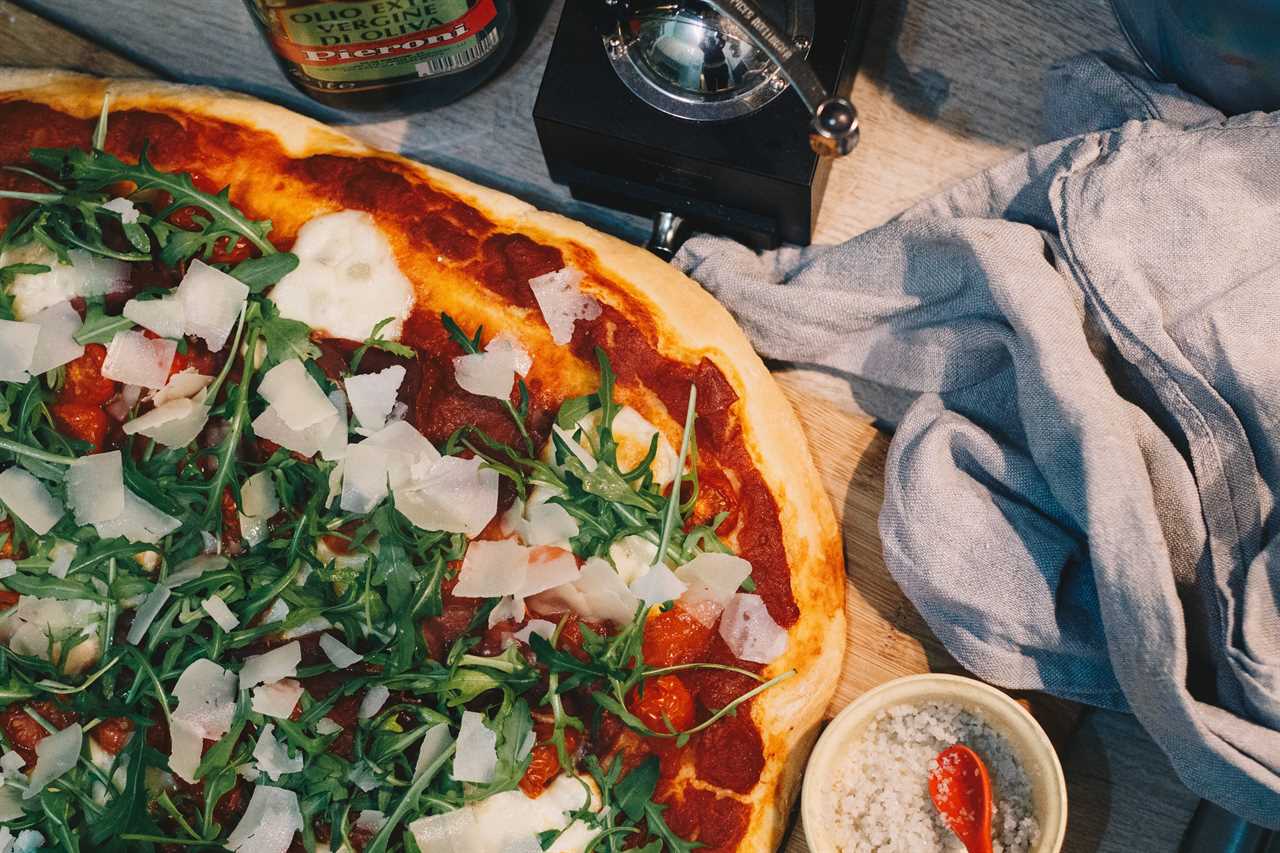
Frequently Asked Questions
How Can I Prevent My Eyes From Tearing up While Chopping Onions?
To prevent tears while chopping onions, there are a few techniques you can try.
One effective method is wearing goggles, which creates a barrier between your eyes and the onion’s fumes.
Another option is chilling the onion in the refrigerator before chopping, as the cold temperature can help reduce the release of tear-inducing compounds.
Additionally, keeping a fan or ventilation system running in your kitchen can help disperse the onion fumes.
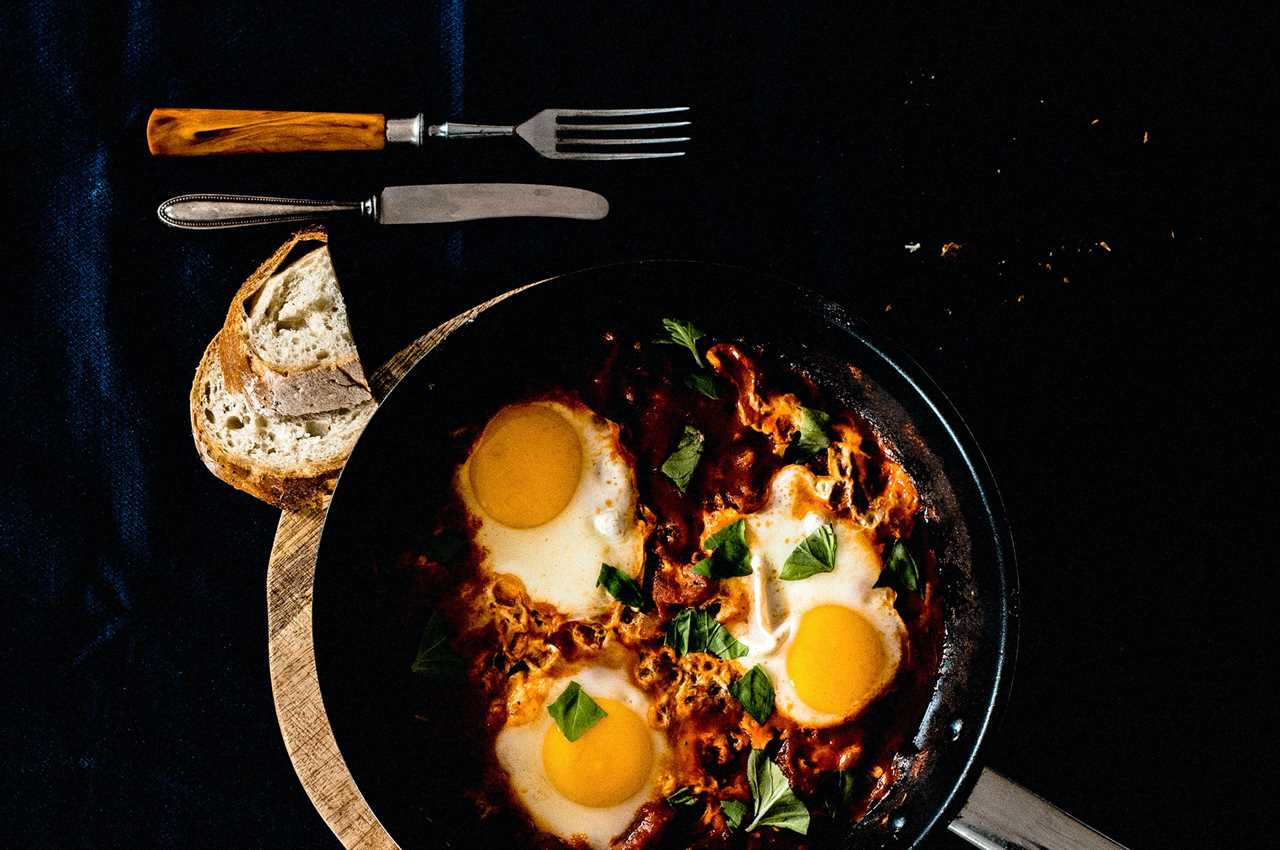
Proper knife maintenance, such as using a sharp knife, can also minimize tearing.
What Are Some Common Mistakes to Avoid When Breaking Down a Whole Chicken?
When breaking down a whole chicken, there are some common mistakes to avoid.
One mistake is not properly sharpening the knife, which can make the process more difficult and increase the risk of injury.
Another mistake is not having a plan or understanding the different cuts of meat, which can lead to uneven portions and inconsistent cooking times.
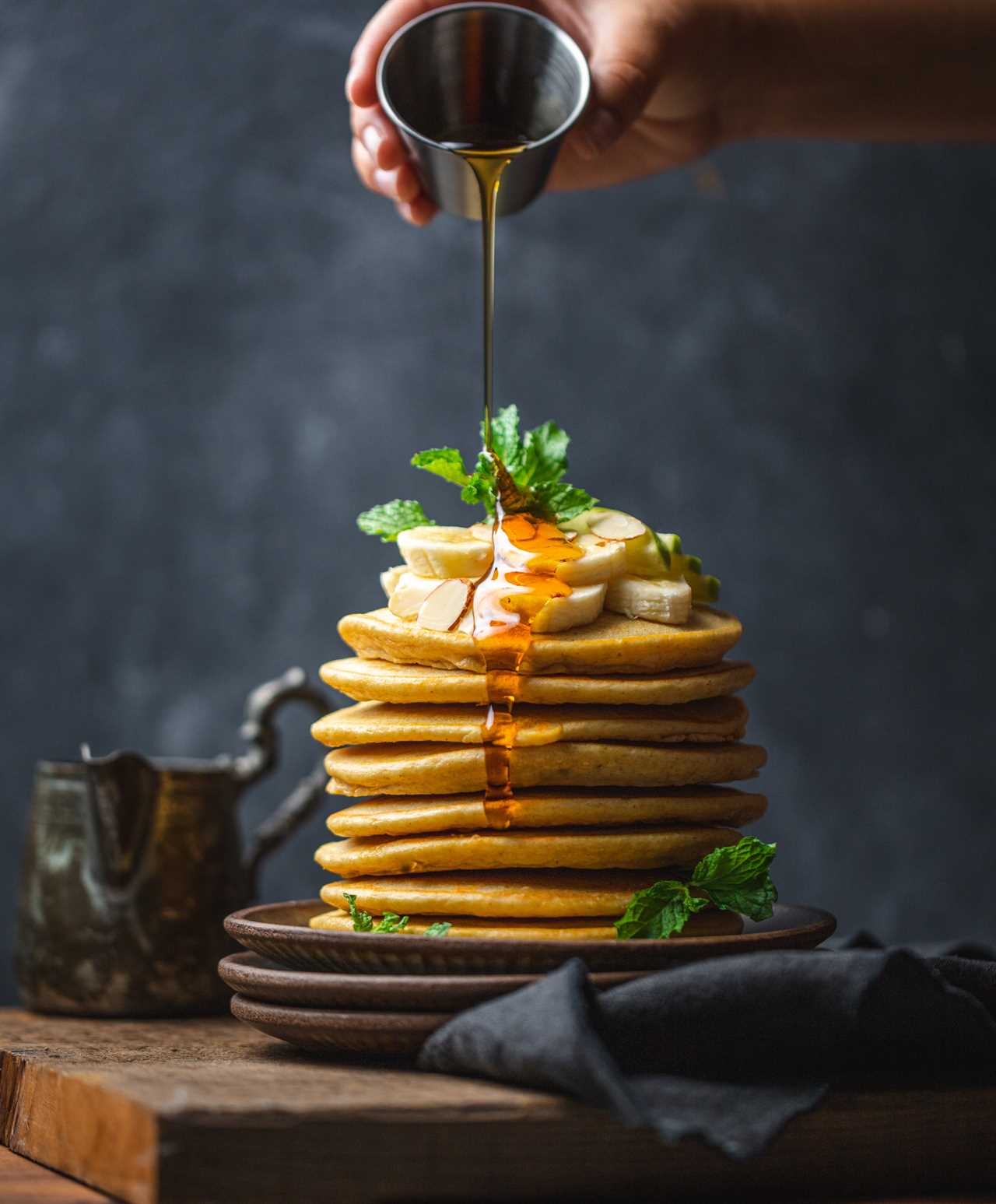
Additionally, not properly removing the skin or trimming excess fat can result in a less desirable texture and taste.
It is important to approach chicken breakdown with precision and attention to detail.
Are There Any Alternative Methods for Making High-Quality Broth Without Freezing Bones and Vegetable Scraps?
There are alternative methods for making high-quality broth without freezing bones and vegetable scraps. Non-traditional broth recipes include using leftover roast chicken or beef bones, or even fish scraps. These ingredients can be simmered with aromatics like onions, carrots, and celery to create flavorful broths.
Another option is to use store-bought broth as a base and enhance its flavor by adding herbs, spices, and other ingredients. These alternative methods provide flexibility and creativity in making delicious broths without relying solely on frozen bones and vegetable scraps.
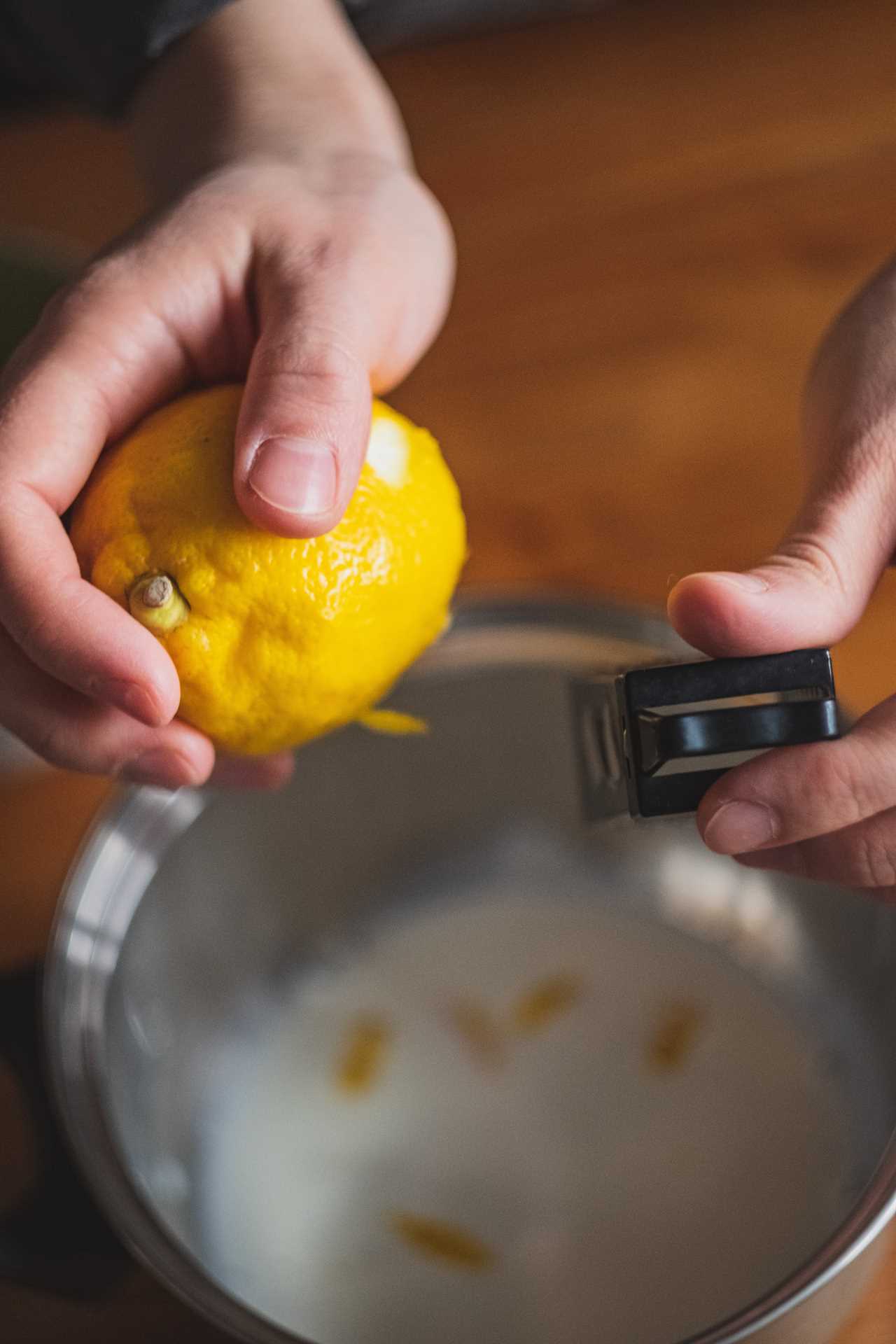
Can I Substitute Different Types of Cooking Oils in a Recipe?
Yes, you can substitute different types of cooking oils in a recipe. It’s important to consider their smoke points, flavor profiles, and the cooking method being used.
For high-temperature frying, oils with high smoke points like canola or peanut oil are suitable.
Butter or lard work well for stir-frying and sautéing.
Fragrant oils like extra-virgin olive oil and sesame oil are best used raw or in dressings.
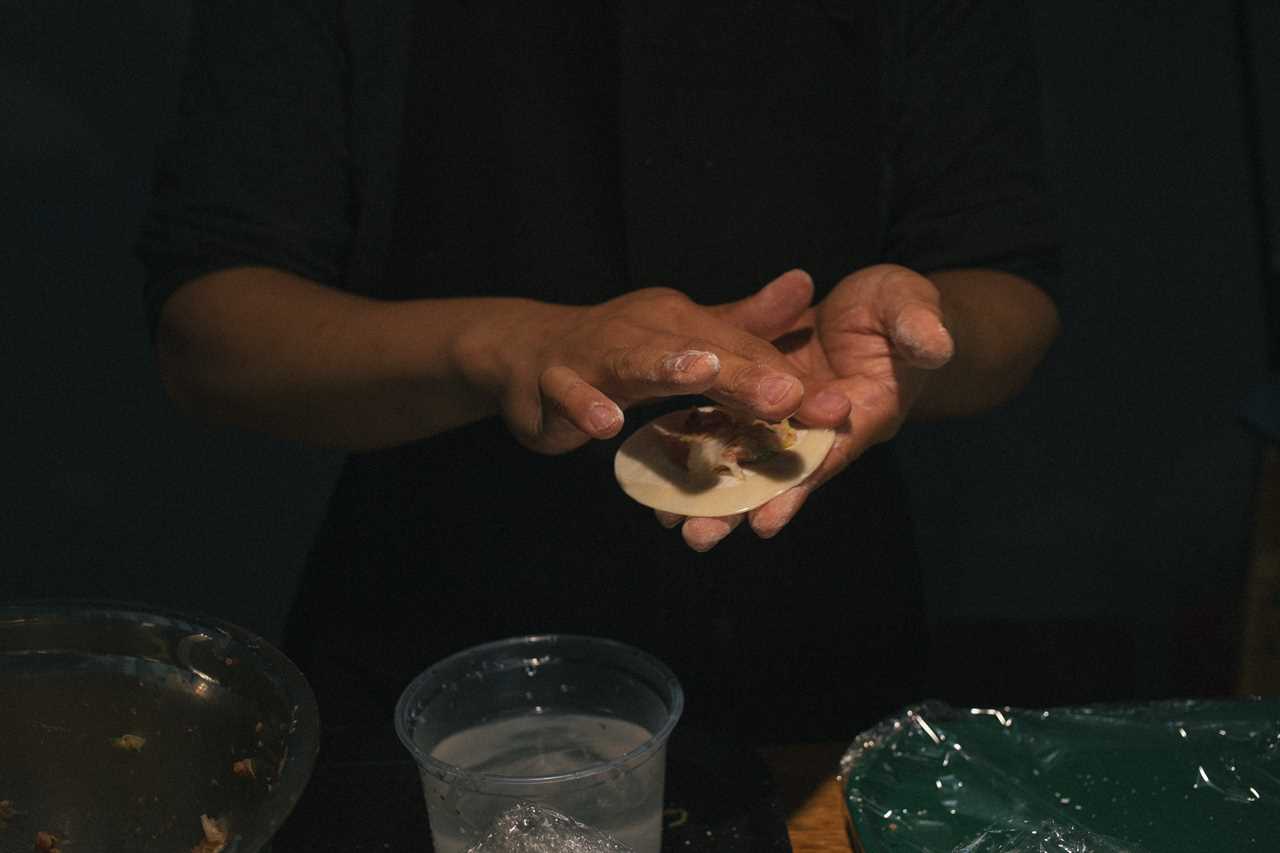
Experimenting with different cooking oil alternatives can add variety and enhance the flavors in your dishes.
What Are Some Tips for Adapting Baking Recipes Without Compromising the Final Outcome?
When it comes to adapting baking recipes, there are a few tips to keep in mind without compromising the final outcome.
First, understanding the purpose of each ingredient is key. If you need to substitute an ingredient, consider its role in the recipe and find a suitable alternative.
Additionally, be mindful of the texture and consistency of the batter or dough, as substitutions may affect these factors.
